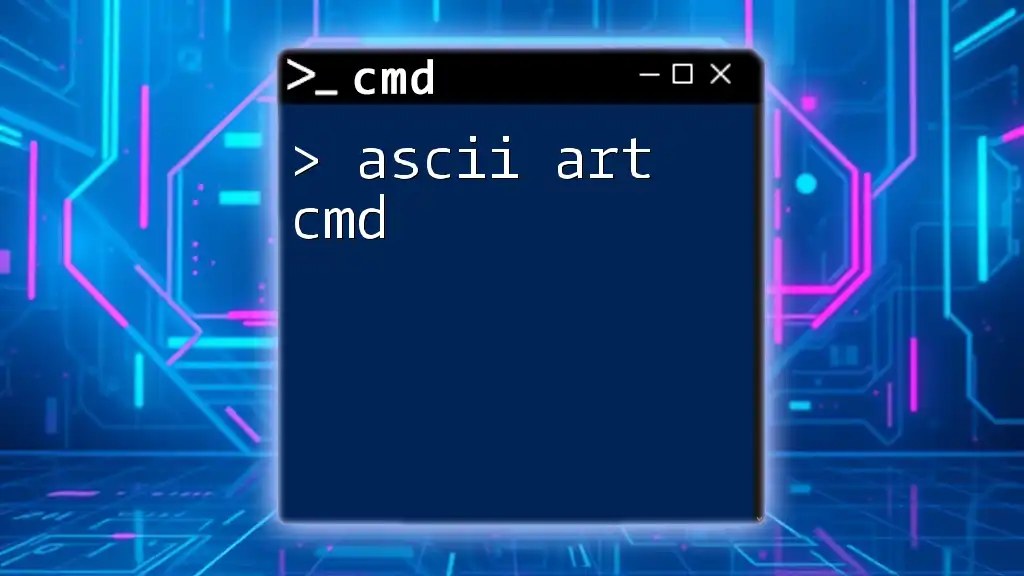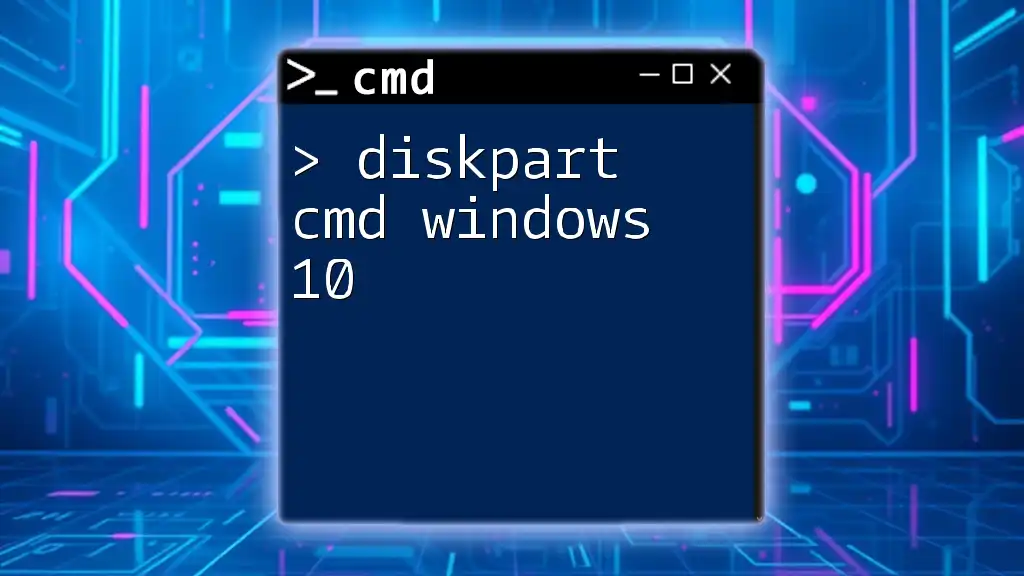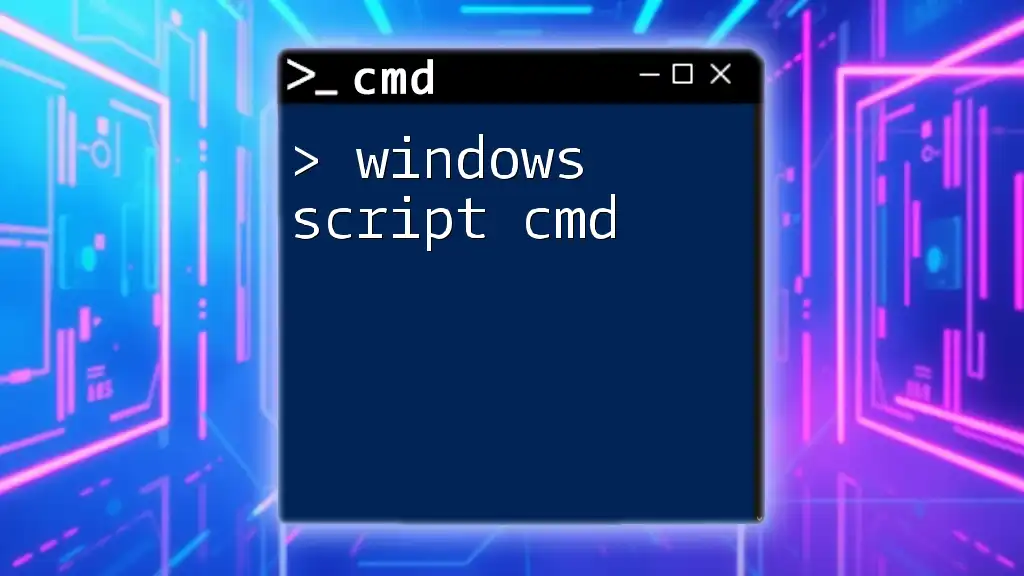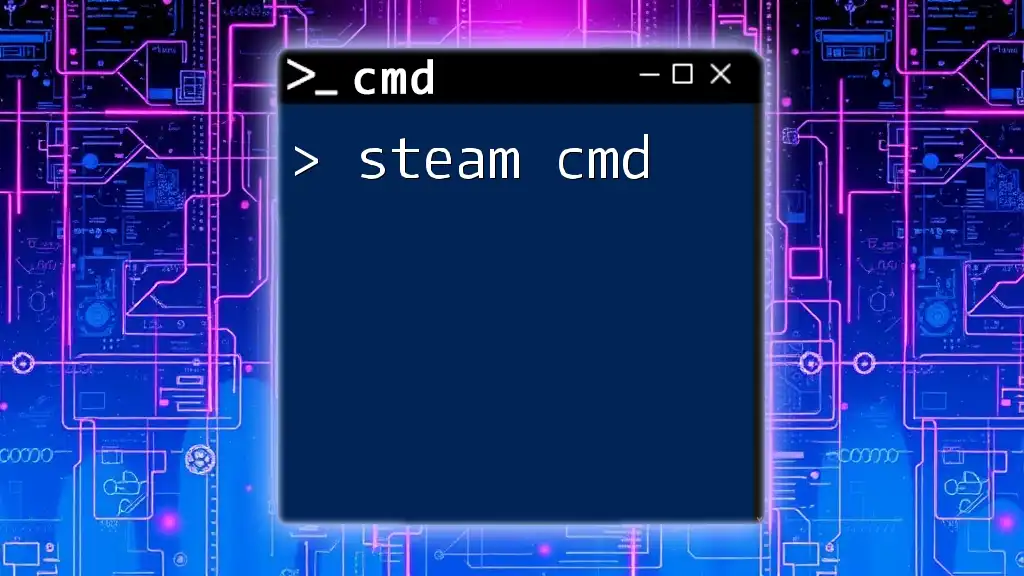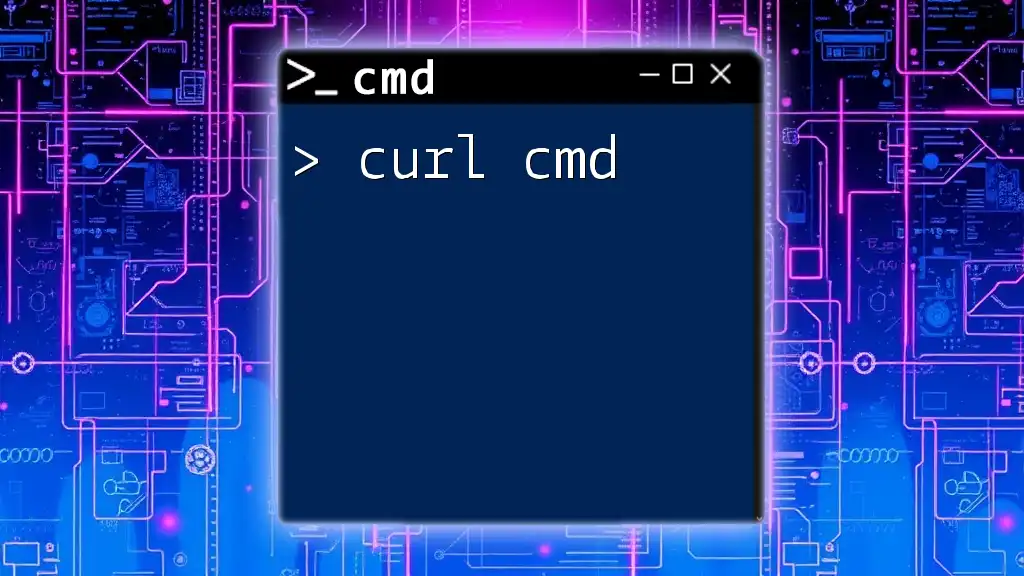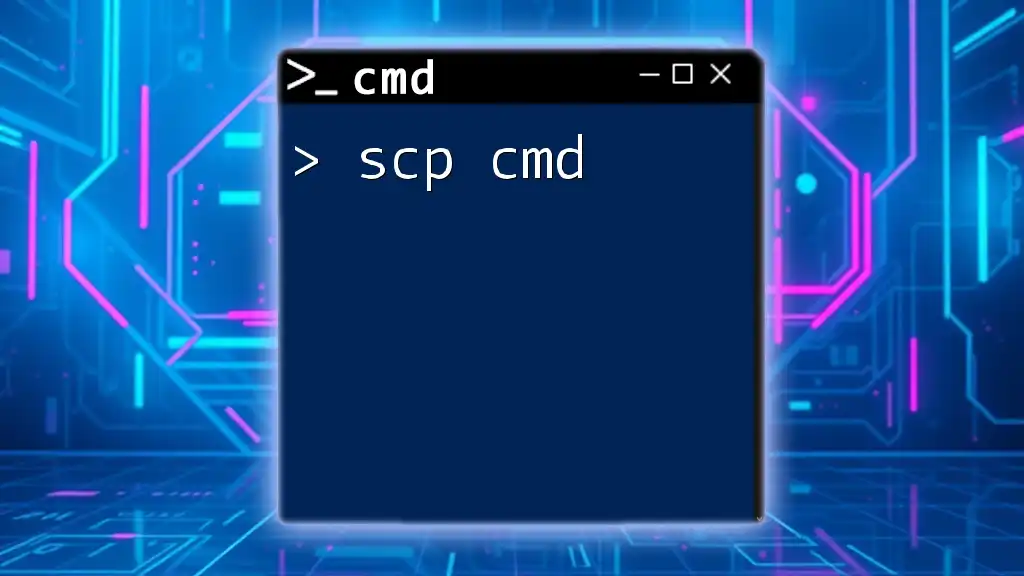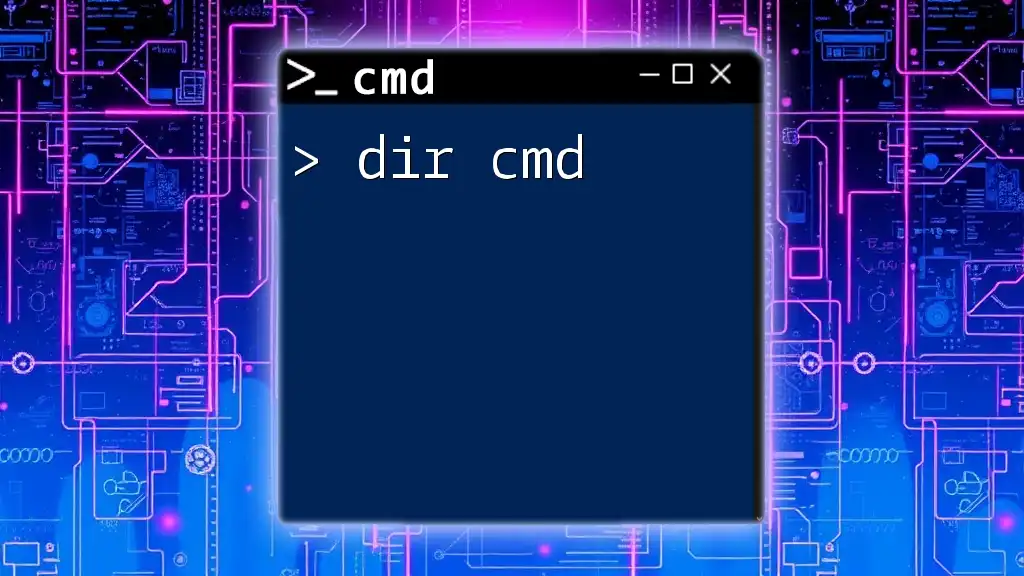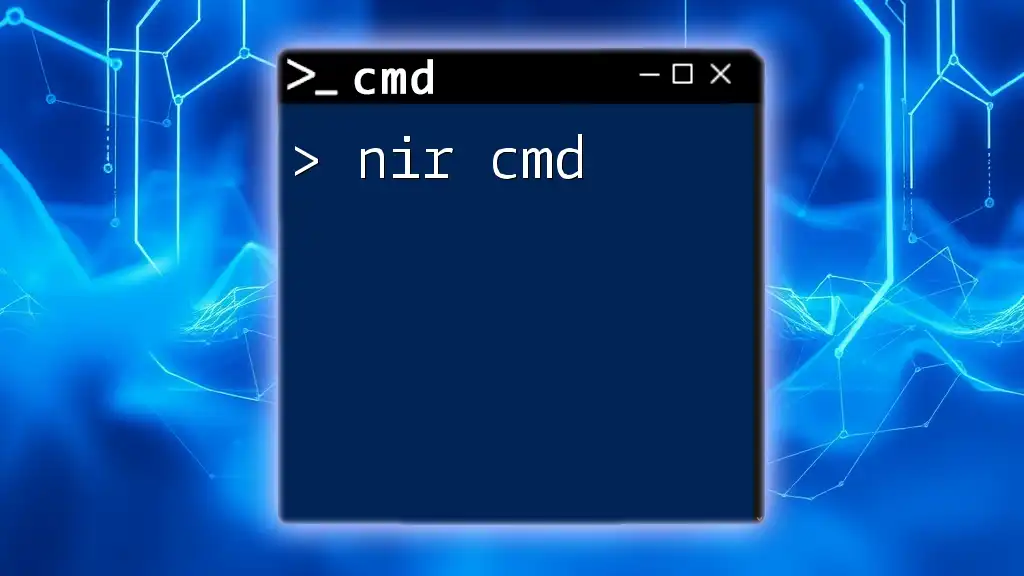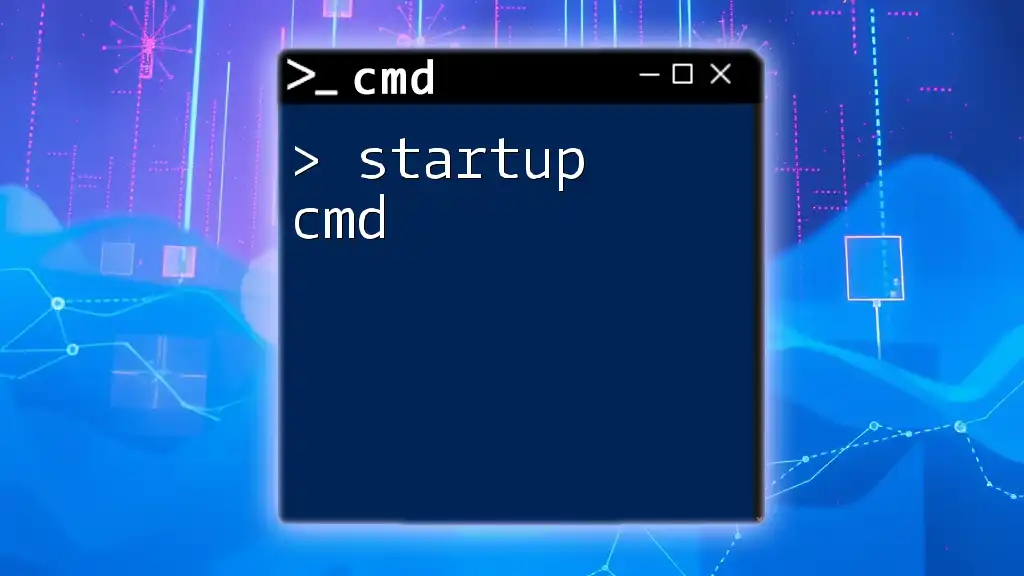ASCII art in command prompt (cmd) is a creative way to use text characters to form images or designs directly in the terminal. Here's a simple example to display "Hello" in ASCII art using a command:
echo H H EEEEE L L OOO
echo H H E L L O O
echo HHHH EEEE L L O O
echo H H E L L O O
echo H H EEEEE LLLLL LLLLL OOO
Understanding ASCII Art
What is ASCII Art?
ASCII art is a graphic design technique that uses characters from the ASCII (American Standard Code for Information Interchange) character set to create visual artwork. Since it relies on text characters, ASCII art is highly compatible with early computer systems and command-line environments, where graphical capabilities were limited or nonexistent. This form of art enabled users to convey complex images using just letters, numbers, and symbols.
Importance of ASCII Art in Modern Computing
Despite the advancements in graphic design and visual arts, ASCII art remains relevant in various niches. Notably, it finds its place in command-line interfaces, where it infuses personality into terminal applications, scripts, and system notifications. Additionally, ASCII art is popular in online communication, enhancing text environments like emails or message boards, and in gaming where low-resource graphics are essential. The aesthetic appeal of ASCII art contributes to its continued popularity among developers, artists, and enthusiasts.
ASCII Characters and Their Codes
To effectively create ASCII art, it's vital to understand the ASCII code table, which assigns characters numerical values ranging from 0 to 127. Characters commonly used in ASCII art include letters, numbers, punctuation marks, and control codes. For instance, the character "@" has an ASCII code of 64, while "#" is 35. Having a grasp of these codes helps artists select the right characters to convey their intended designs more creatively.

Setting Up Your CMD Environment for ASCII Art
Accessing the Command Line
To thrive in ASCII art creation, first, you need to access your command line. Here’s how you can do this on various operating systems:
- Windows: Click on the Start menu, type "cmd" or "Command Prompt," and press Enter.
- Mac: Open Finder, navigate to Applications > Utilities, and double-click on "Terminal."
- Linux: Depending on your distribution, press `Ctrl + Alt + T` or search for "Terminal" in your applications.
Installing Necessary Tools
To get the most out of ASCII art in CMD, consider installing the following tools:
- FIGlet: A popular command-line utility to create large text banners using ASCII characters.
- Toilet: Similar to FIGlet, but allows for more style and effects.
- Text Editors: Simplified text editors can be beneficial for crafting manual ASCII art.
These tools can greatly enhance your ASCII art experience, providing numerous fonts, styles, and effects that transform plain text into intricate designs.
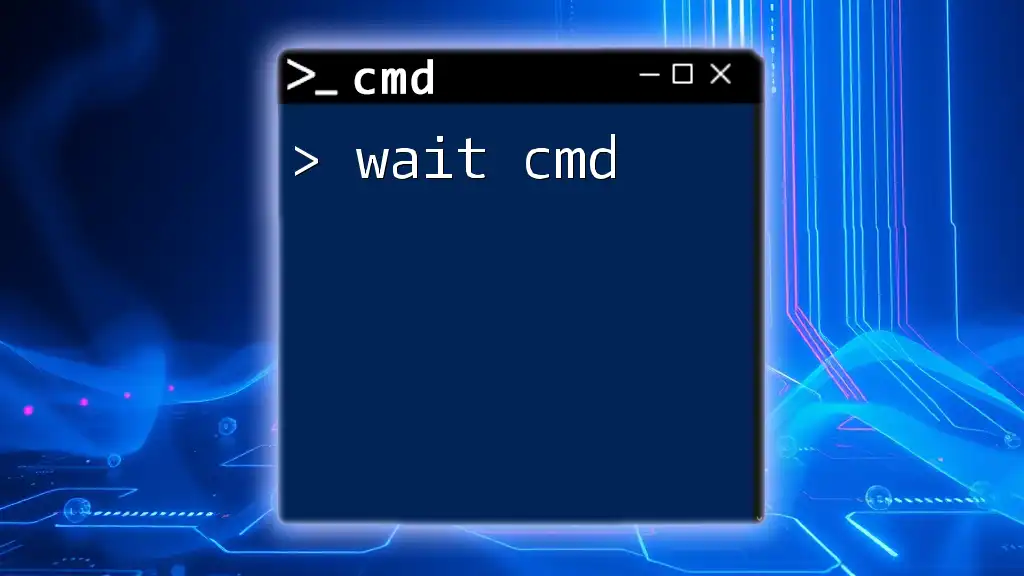
Creating ASCII Art Using CMD
Basic Text-to-ASCII Converters
One of the easiest ways to generate ASCII art in CMD is by using FIGlet. To install FIGlet, check if you have a package manager, and follow the installation instructions specific to your system.
To create a simple ASCII art banner, enter the following command in your CMD:
figlet "Hello World"
This command generates a stylized text banner that represents "Hello World" in ASCII format. Experimenting with different phrases can yield diverse outputs, allowing for quick visual expressions.
Customizing ASCII Art
Font Styles and Effects
FIGlet offers various fonts to choose from, adding character to your designs. To list available fonts, you can use:
figlet -f <fontname> "Your Text Here"
For instance, using a slant font, you would run:
figlet -f slant "Welcome!"
This command creates a welcoming banner with a slanted style, demonstrating how font styles are utilized for unique appeal.
Adding Colors
In addition to text styles, you can also color your ASCII art using ANSI escape codes. For instance, to make your text red, you would use:
echo -e "\e[31mThis is Red Text\e[0m"
This command introduces color effects in your CMD output, assisting in elevating the visual impact of your ASCII art.
Creating Your Own ASCII Art Designs
Handcrafting ASCII Art
For those eager to create personalized designs, handcrafting ASCII art in a text editor can be incredibly rewarding. Begin by planning your artwork and using characters thoughtfully to shape your visuals. For example:
echo " * "
echo " *** "
echo "*****"
By utilizing spaces and specific characters, you can form patterns and images directly in your CMD.
ASCII Art Patterns and Shapes
Creating simple patterns is an excellent way to get started with ASCII art. Recognizable shapes like rectangles and triangles can be fashioned using basic commands. As shown before, to create a triangle, a simple series of echo commands can achieve this.
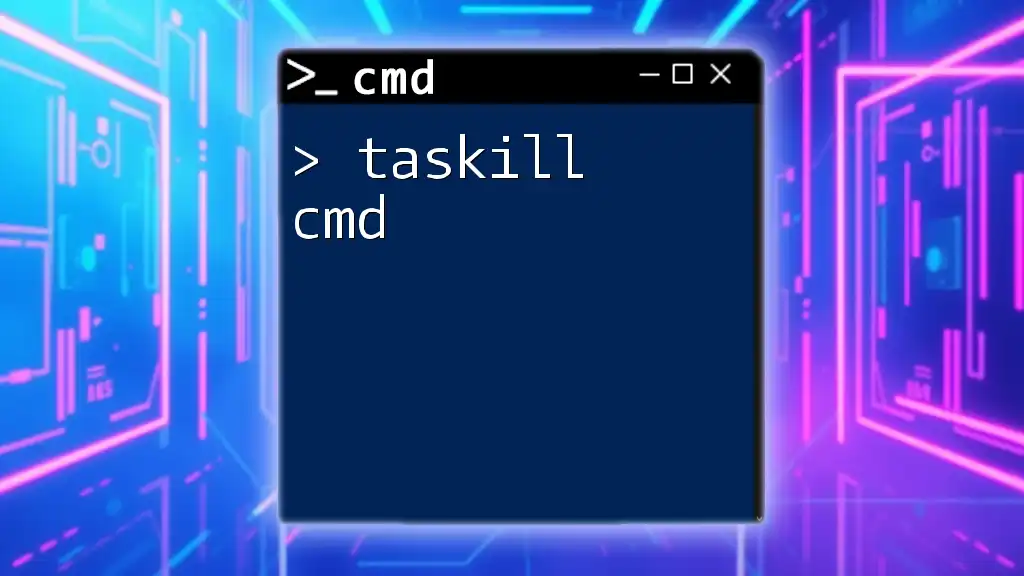
Sharing and Exporting ASCII Art
Saving Your Creations
Once you have designed your ASCII art, saving your creations is crucial. Using a command, you can redirect your ASCII output to a text file with ease. For example:
figlet "Art Saved!" > my_art.txt
This command saves the generated ASCII art into a file named `my_art.txt`, allowing you to access and share your artwork later.
Sharing ASCII Art on Social Media and Forums
When you’re ready to showcase your creations, consider sharing your ASCII art on various platforms. Online communities such as Reddit have dedicated threads for ASCII enthusiasts, while platforms like Twitter allow easy sharing of your art. When sharing, ensure that any required formats are followed to maintain the layout of your ASCII design.
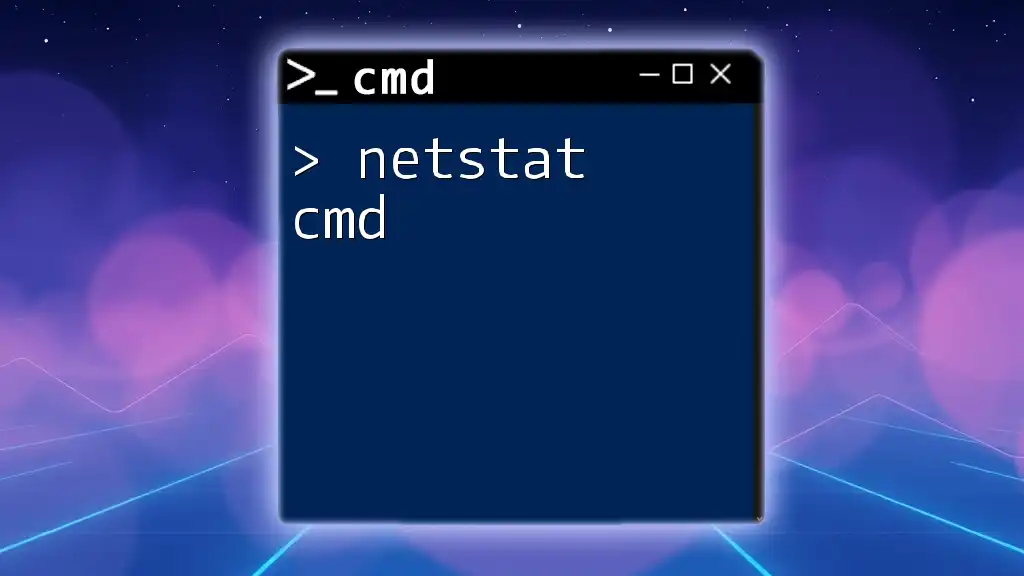
Troubleshooting Common Issues
Errors When Using FIGlet and Other Tools
As with any software, encountering errors is part of the learning process. If you experience common error messages, like "command not found," double-check your installation or confirm that the spelling is correct. Reviewing the troubleshooting sections of their respective documentation can also provide solutions to common issues.
Troubleshooting Formatting Issues
Formatting is crucial to ensuring your ASCII art appears as intended. If your art looks misaligned, ensure that your CMD window is not resized during display, and experiment with spacing and alignment using additional spaces or line breaks as needed.
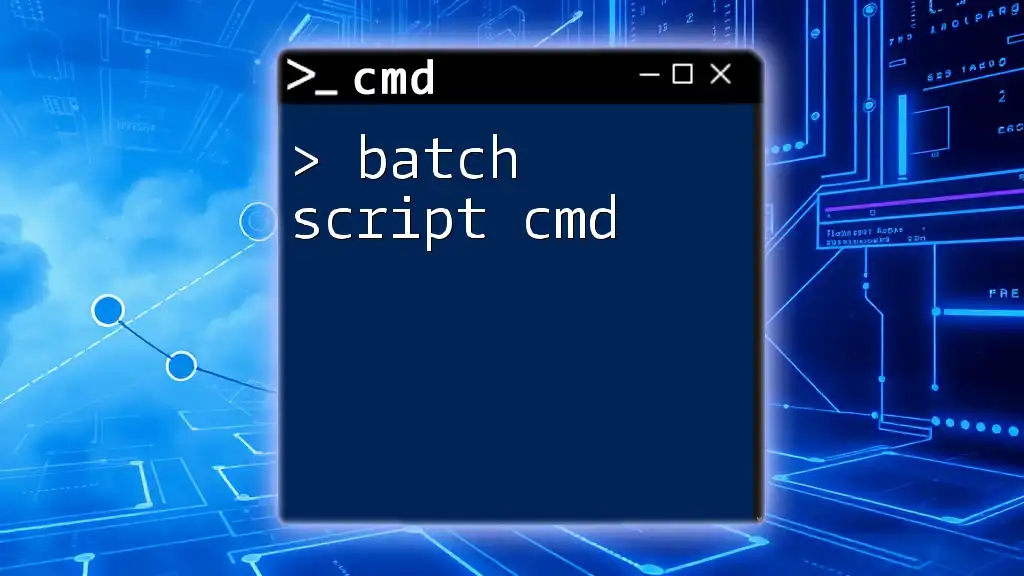
Conclusion
In summary, mastering ASCII art cmd opens the door to a creative digital domain where text becomes a visual medium. With tools like FIGlet and artistic techniques at your disposal, the potential for creating distinctive ASCII art is vast. Embrace the journey of practice, exploration, and sharing within the ASCII art community, and unlock an exciting new facet of your command-line experience.
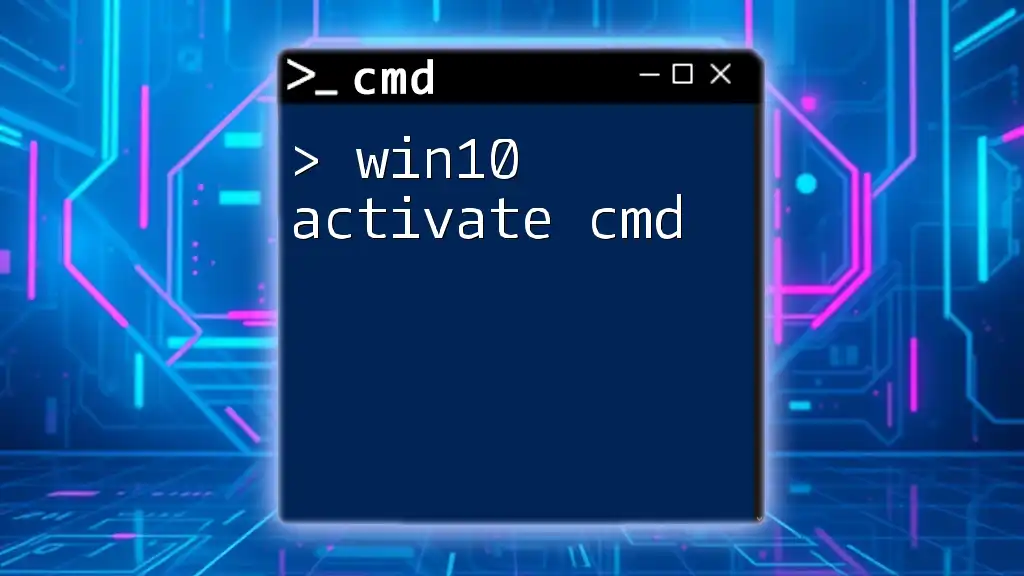
Additional Resources
For those who want to dive deeper into ASCII art, online ASCII art generators present a valuable toolset. Joining communities dedicated to ASCII art, and exploring various tutorials will enhance your understanding and application of this unique form of expression. Whether for personal satisfaction or professional usage, the world of ASCII art within CMD is vast and waiting for your creativity.

